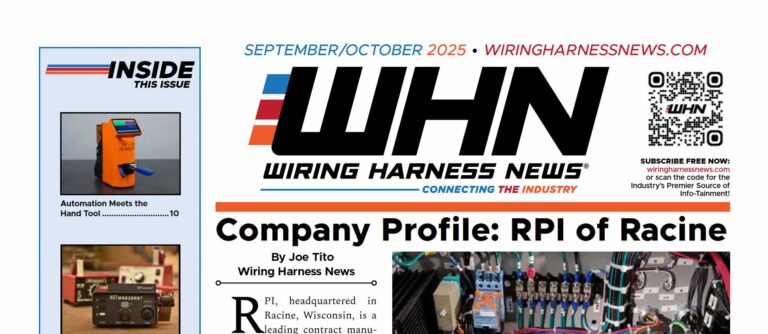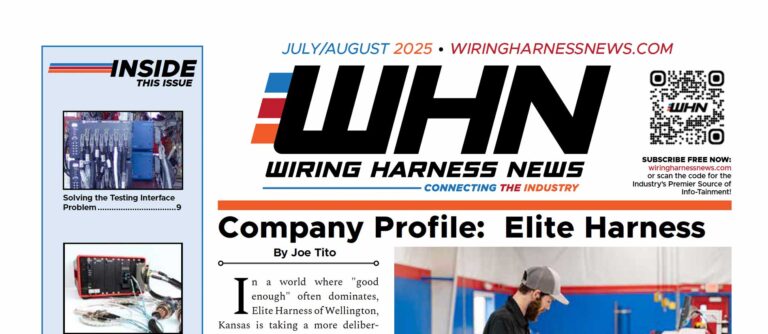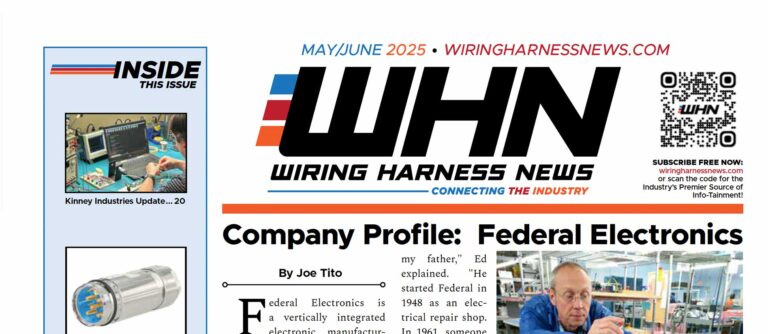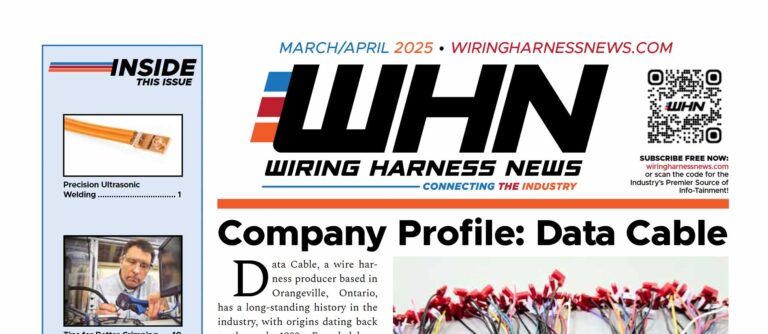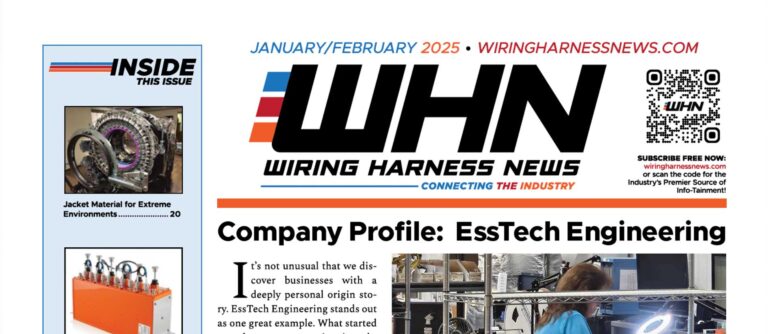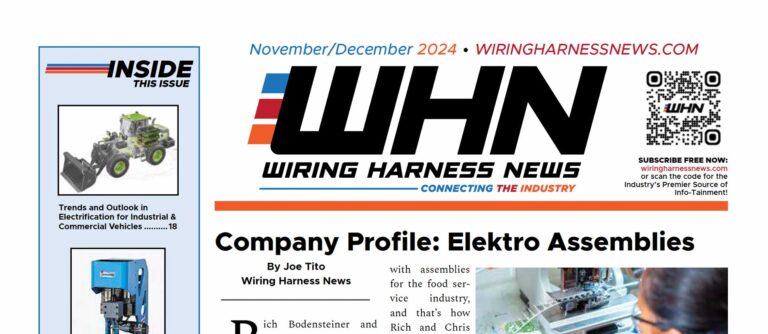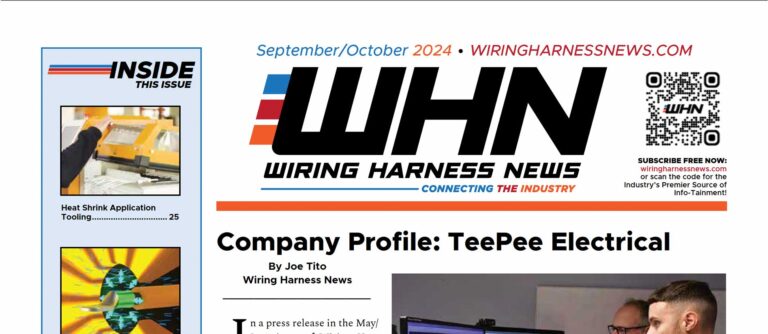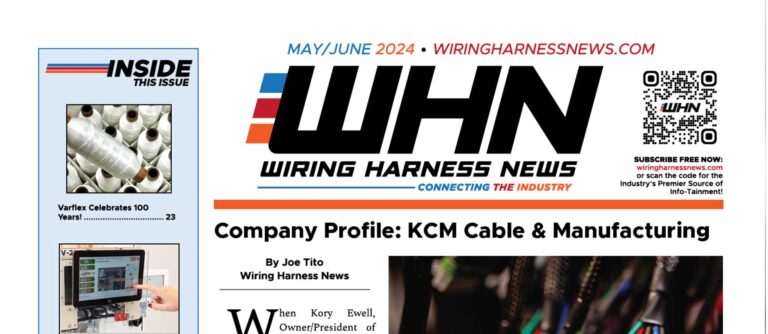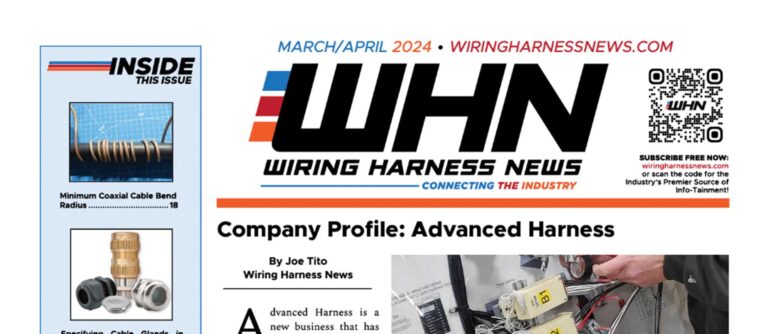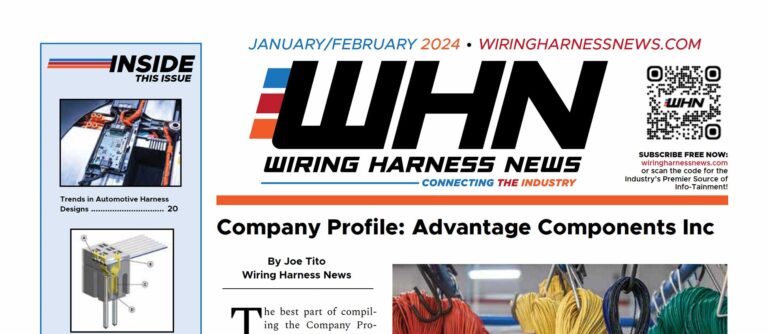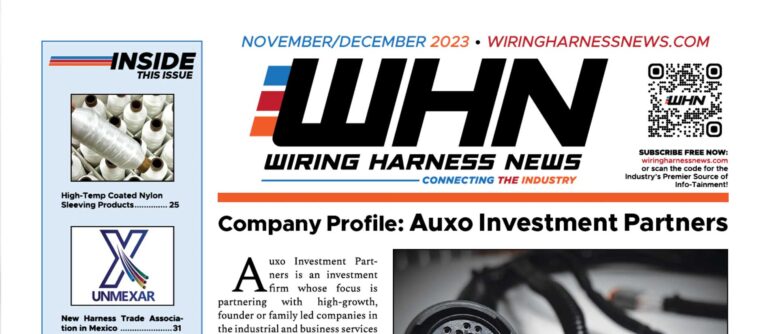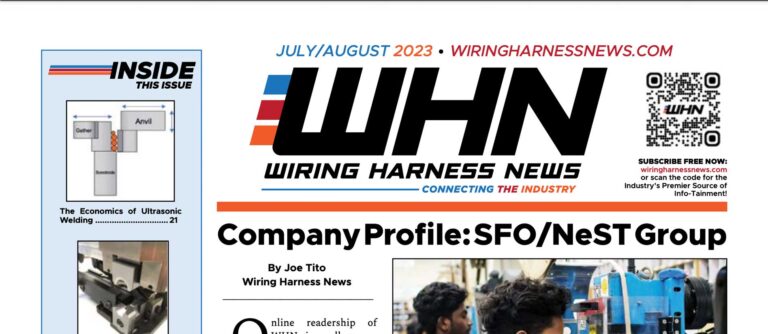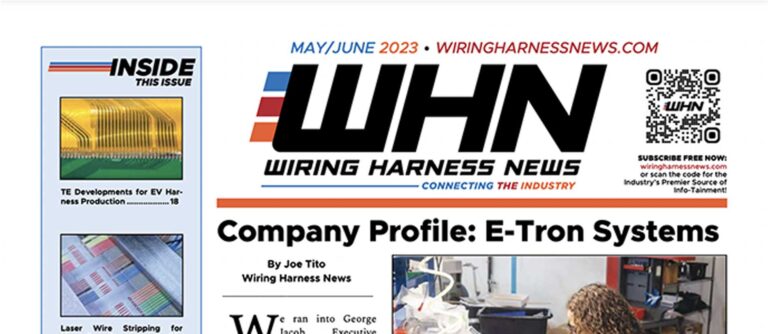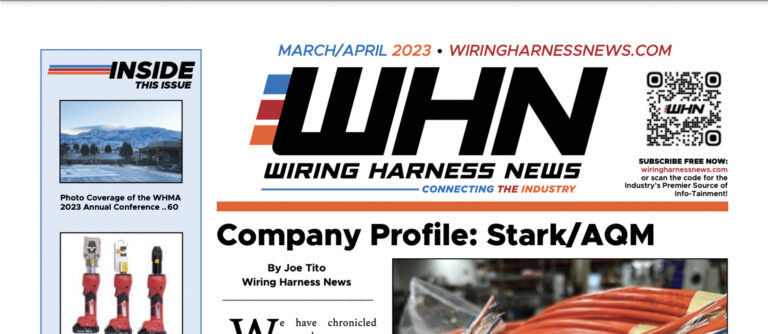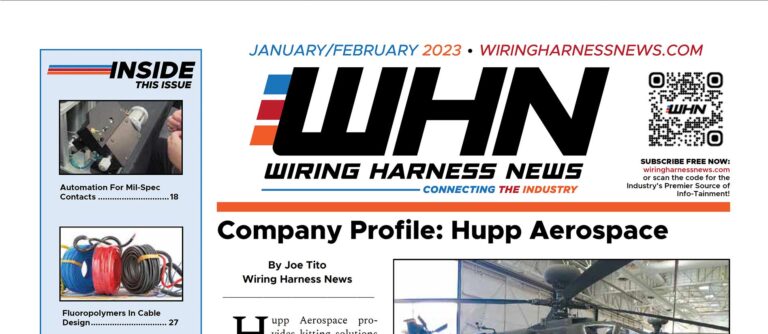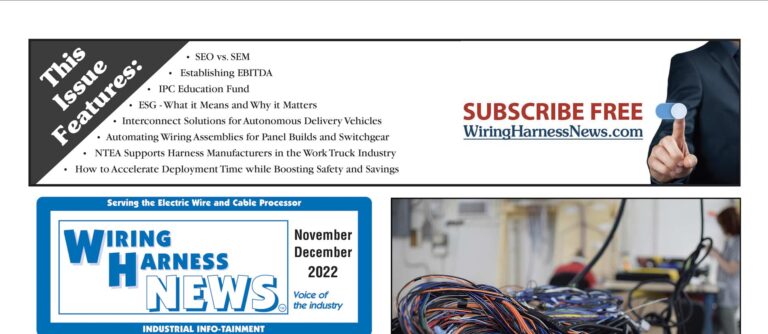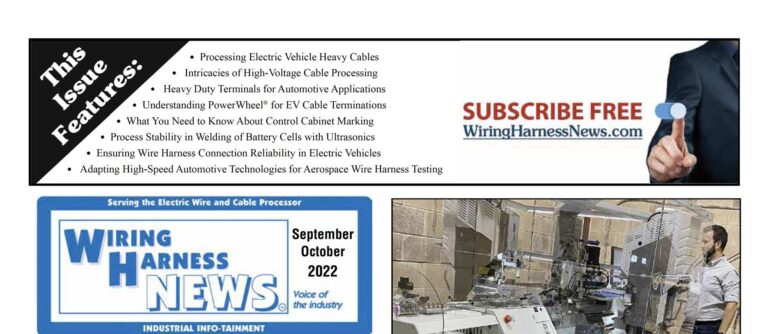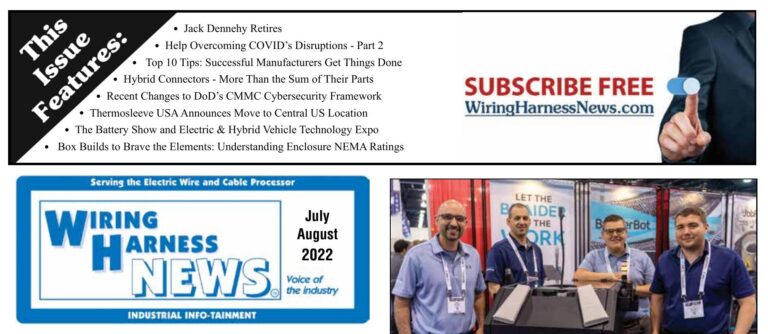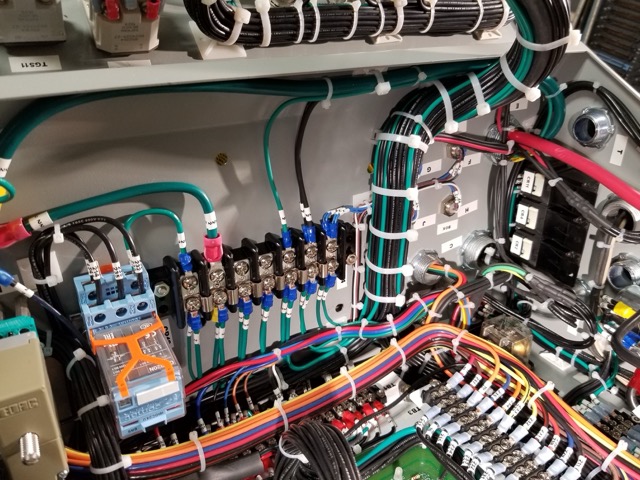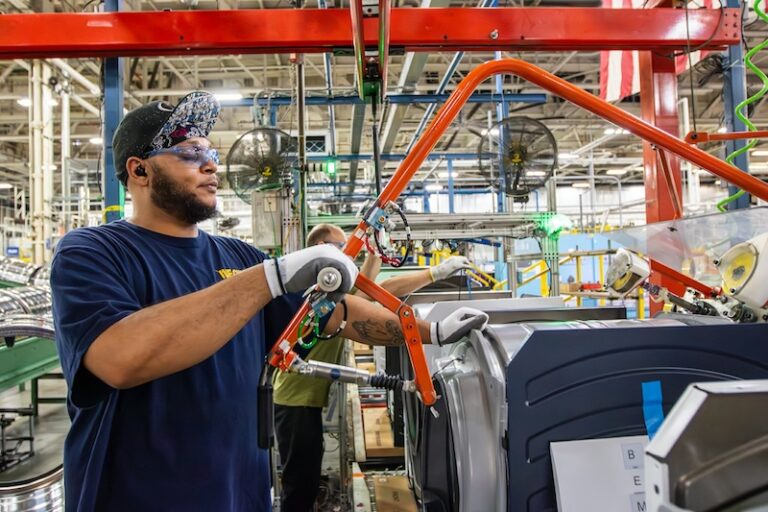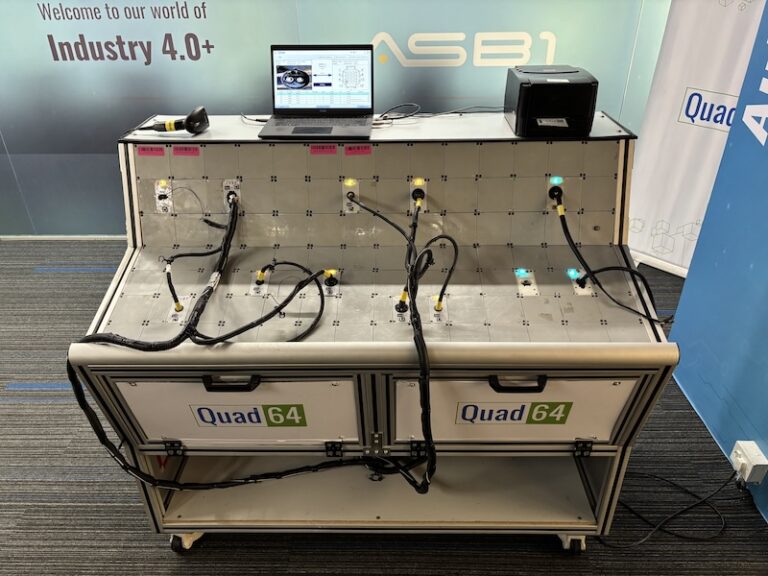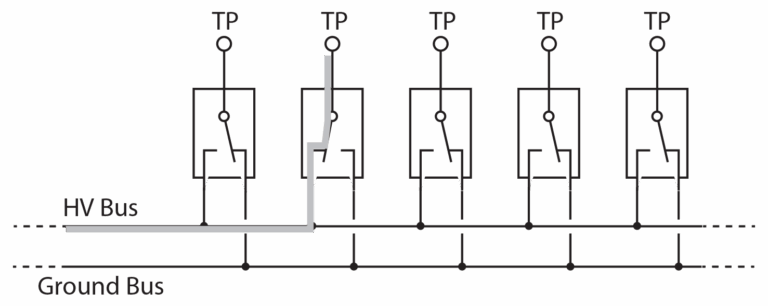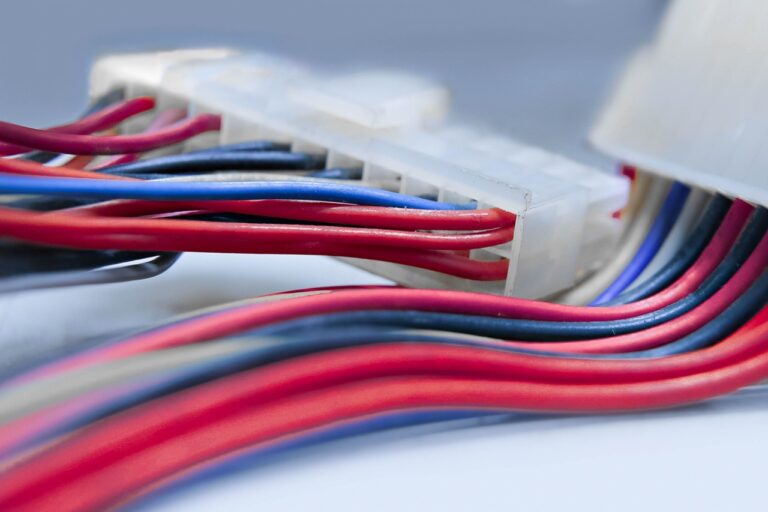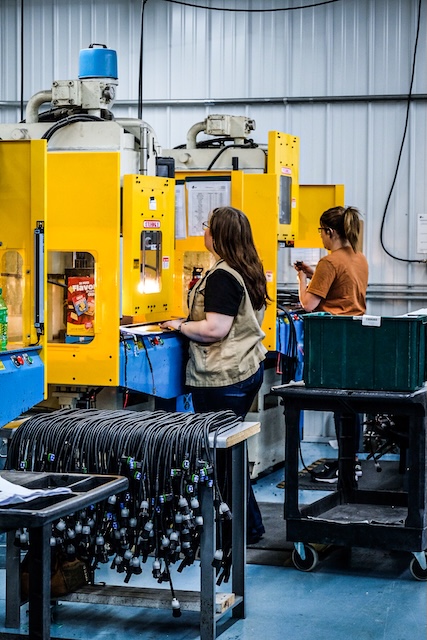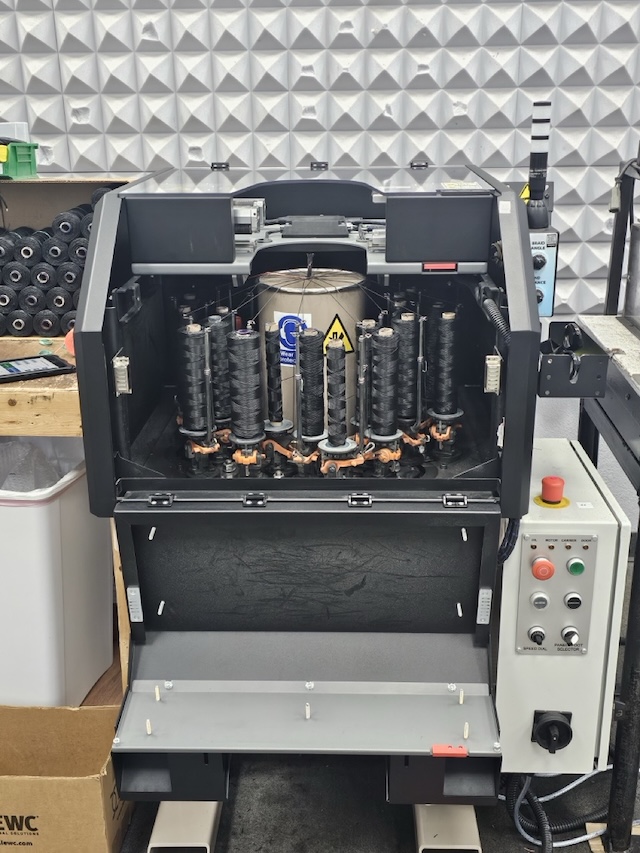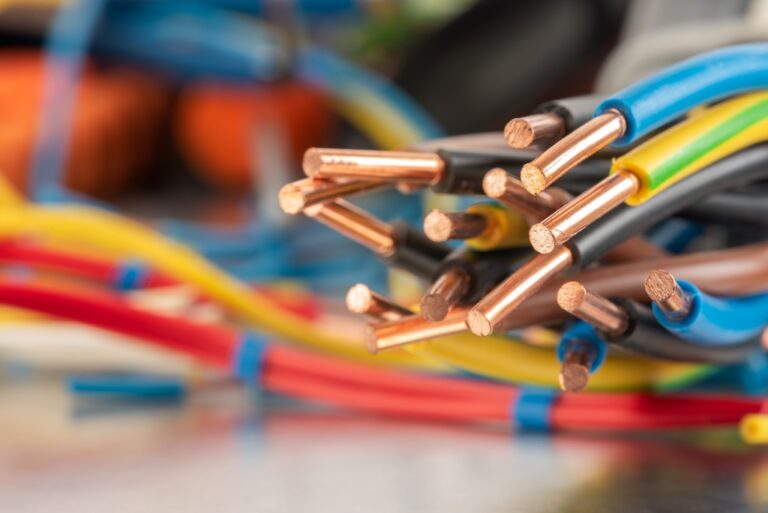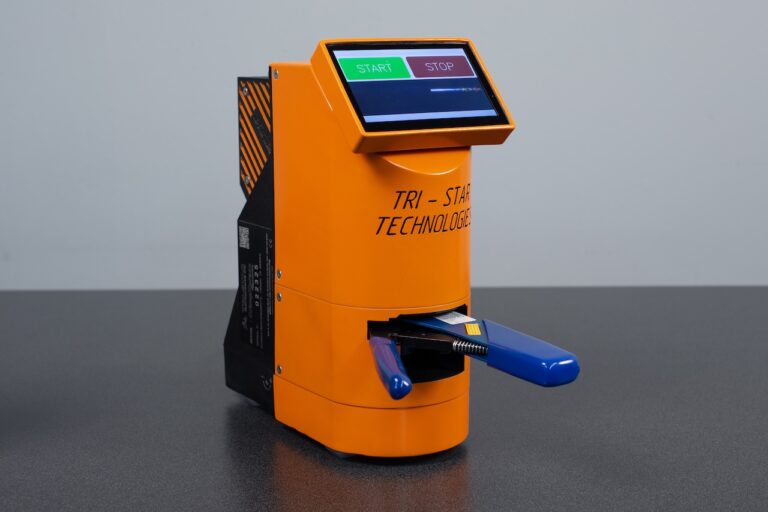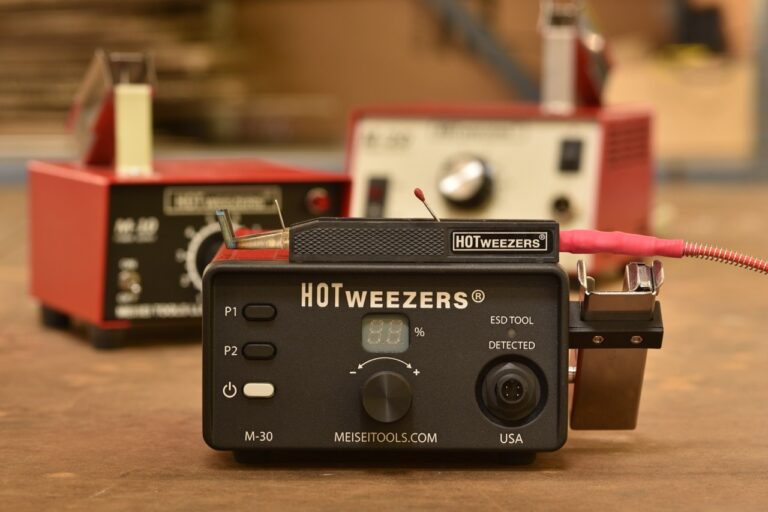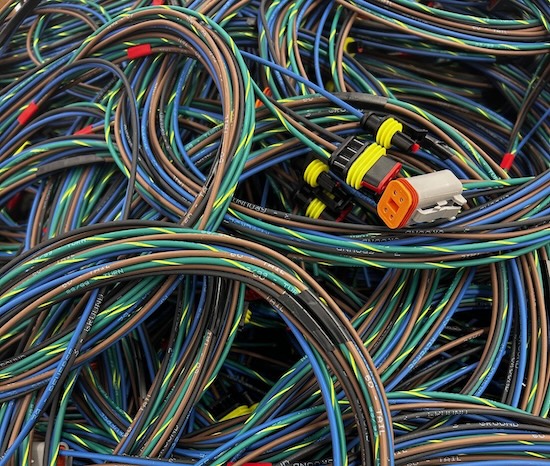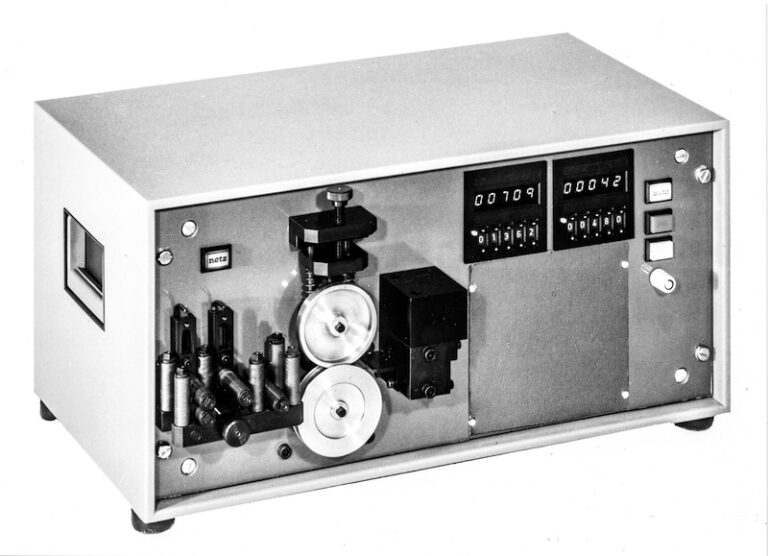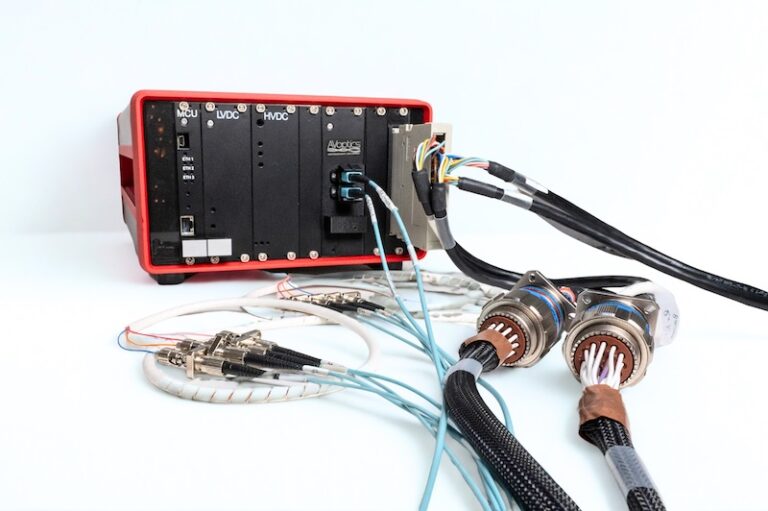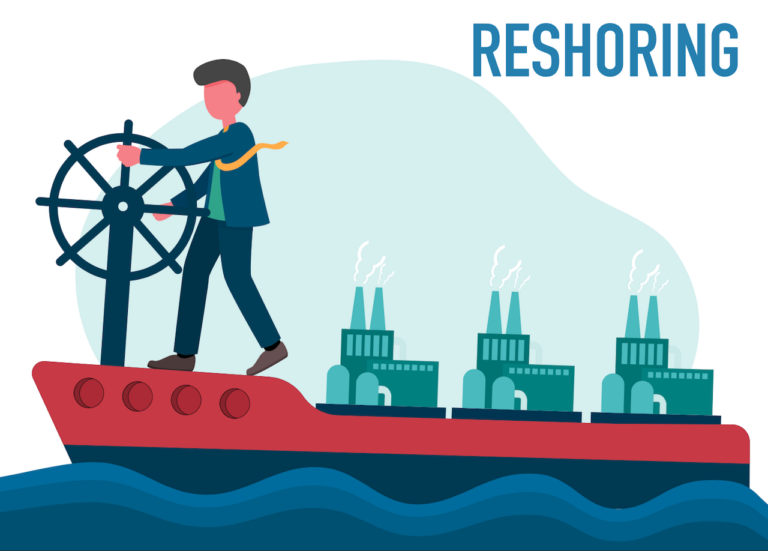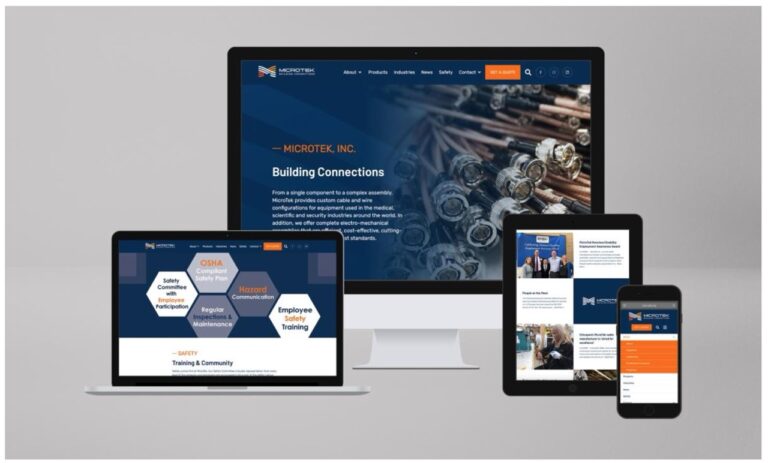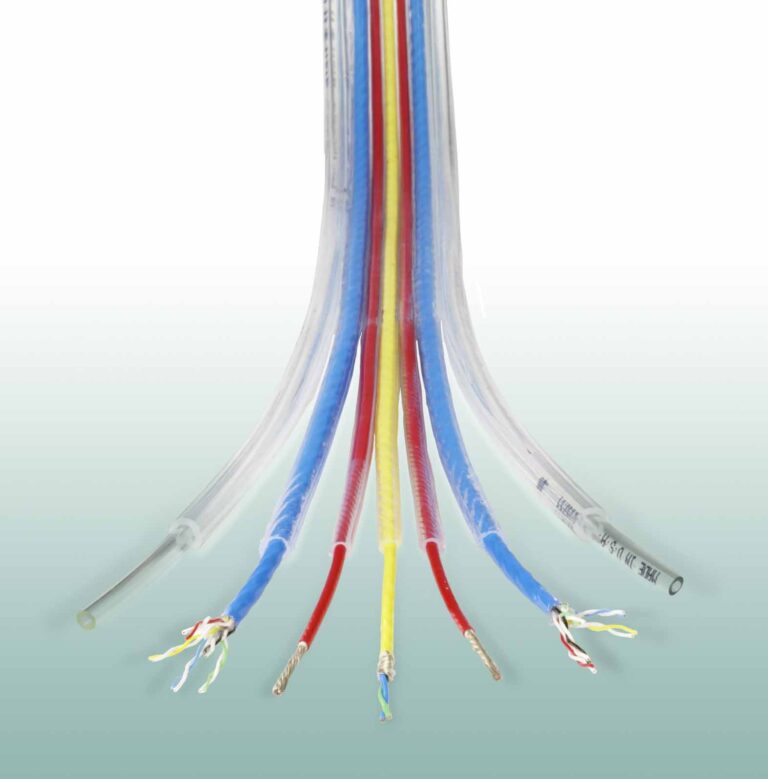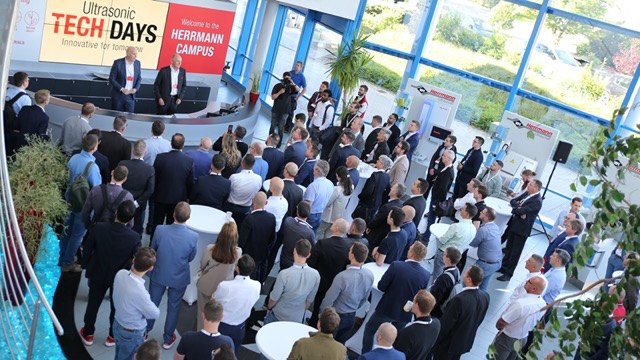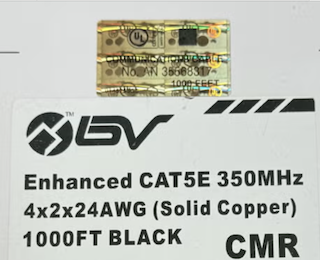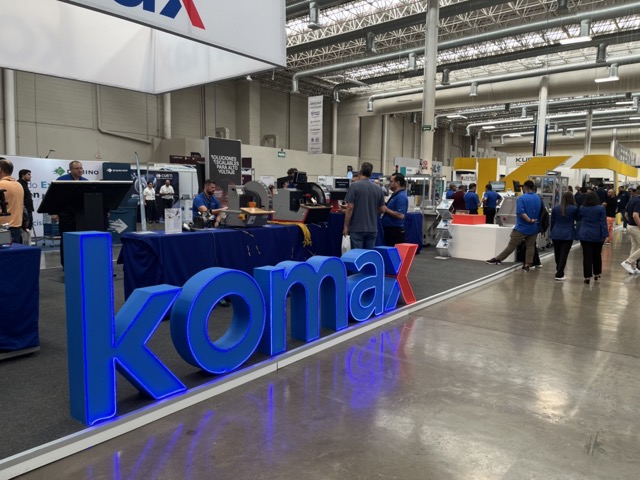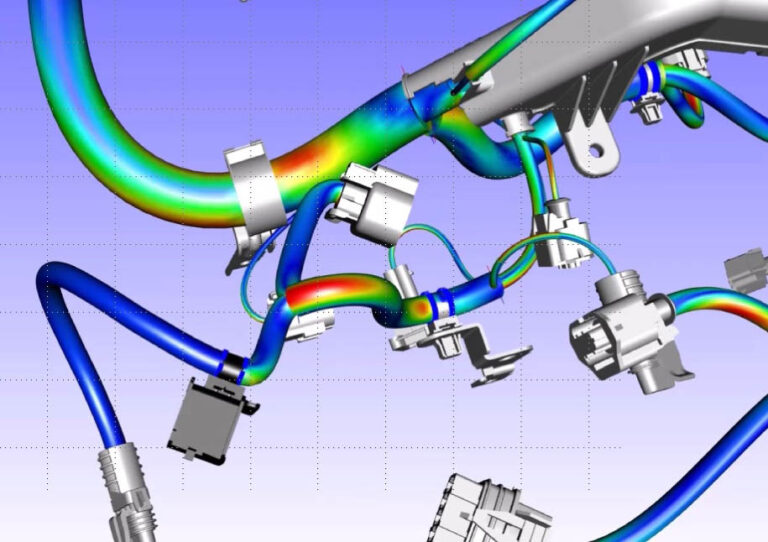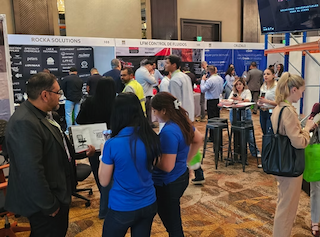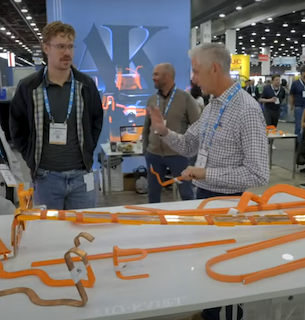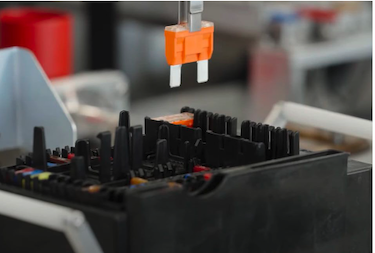The Backstory: Why Fuse Boxes and Wiring Harnesses Matter
When you think of a car’s electrical system, fuse boxes probably aren’t the first thing that comes to mind. But these little hubs of connectivity are critical—delivering power, ensuring safety and preventing electrical meltdowns. Typically, fuse boxes come pre-attached to wiring harnesses before shipment to automotive OEMs. It’s a process driven by efficiency, quality control, and seamless integration—reducing assembly time and, most importantly, ensuring everything actually works before it lands in a vehicle. Companies like Yazaki and Sumitomo have long supplied these pre-assembled harnesses, but automation in this sector has been limited. Until now.
Enter New Wiring Technologies – Ukraine
New Wiring Technologies (NWT), a Kyiv-based startup, is looking to bring the automotive harness industry into Industry 4.0. The company was founded in 2023 by a team of seasoned professionals who saw an opportunity to modernize a traditionally labor-intensive industry.
The Challenge: Manual Labor Dominates Harness Production
It’s no secret that manual labor heavily dominates the automotive wiring harness industry: 80% of production is still performed manually. This reliance on human labor not only slows down the process but also introduces inconsistencies and quality risks. With rising labor costs and supply chain disruptions, there’s a growing need for automation to streamline operations and reduce dependency on manual labor.
The Solution: UABoard v.2.0
NWT’s flagship product, UABoard v.2.0, is an industrial automation tool designed to eliminate human intervention in fuse box assembly. This affordable, compact solution handles:
- Preparation of fuses and relays for installation
- Automated insertion of fuses and relays into fuse boxes
- Quality control using AI-powered computer vision
The result is a leaner, more efficient process with a significant reduction in errors and labor costs.
How It Works: Precision Meets AI
UABoard v.2.0 isn’t just a robotic arm slapping fuses into place—it’s a sophisticated system integrating machine learning, advanced sensors, and industrial automation principles. Here’s how it ensures top-tier quality:
- Data Matrix Code Scanning – Ensures the correct fuse box is in place before installation begins.
- Strain Gauge Technology – Measures pressing force to confirm each fuse is seated correctly.
- AI-Driven Camera System – Detects missing fuses, incorrect placements, and even improper reading orientations.
- 3D Scanning & Distance Sensors – Guarantees proper insertion depth for each component.
- Self-Learning Algorithms – Continuously improves accuracy based on real-time data, ensuring the process gets smarter with every cycle.
The Impact: Cost Savings and Efficiency Gains
For automotive suppliers, the numbers speak for themselves. Consider this:
- A manufacturer producing 1,000 engine and 1,000 interior harnesses per day could reduce labor needs by 11 direct employees.
- A plant producing 450 engine and 450 interior harnesses per day could cut five jobs purely through automation.
This isn’t just about reducing labor costs—it’s about eliminating human errors, increasing production speed, and ensuring every harness that rolls off the line is flawless. Additionally, the system minimizes waste and rework, reducing material costs and ensuring a more sustainable manufacturing process.
What’s Next? The Road to Full Automation
NWT isn’t stopping with fuse box automation. Their long-term strategy includes optimizing:
- Wire routing – Automating complex harness layouts to minimize manual handling.
- Taping processes – Ensuring consistent insulation and durability.
- Specialized operations like ultrasonic welding – Increasing precision and eliminating defects.
The ultimate goa is a fully automated harness production facility—one that can be located near OEM plants, reducing supply chain complexity and eliminating the need for long-haul logistics. This shift could mean that instead of outsourcing harness production to Eastern Europe or Asia, automakers could build them right next door to their assembly plants, drastically cutting lead times. This change would not only improve efficiency but also create more resilient supply chains, reducing dependency on overseas labor markets.
The Big Picture: Disrupting a Legacy Industry
While many companies have focused on automating wire cutting, stripping, and crimping, NWT is tackling an overlooked yet critical component of the process. Their innovations could fundamentally reshape how harnesses are manufactured and delivered to automakers worldwide.
Despite the challenges of operating in Ukraine amid geopolitical turmoil, NWT has secured partnerships with industry giants like Draexlmaier, Kromberg & Schubert, Fujikura, and Leoni—proving that their technology is not just viable but in demand.
The Future of Automotive Harness Manufacturing
With NWT’s automation technology, the harness industry is finally catching up to the digital age. As more companies embrace automation, we could soon see a shift where harness production moves away from traditional labor-heavy models toward smart factories powered by artificial intelligence (AI) and robotics.
Beyond efficiency, this shift will have a broader impact on the automotive industry as a whole. Faster production times mean shorter lead times for vehicle manufacturers, enabling them to react quickly to market demands. Enhanced quality control ensures fewer recalls and customer complaints. And as automation continues to advance, we may see a future where harness manufacturing is entirely autonomous, revolutionizing how vehicles are built.
For now, UABoard v.2.0 is just the beginning. But if NWT’s vision becomes reality, the era of manual harness assembly may soon become a thing of the past. The evolution from labor-intensive to fully automated wiring harness production is well underway, and companies that don’t adapt may find themselves left behind.
If you would like to learn more about New Wiring Technologies, check them out on LinkedIn. Feel free to contact Andrii Fatkulin, CPM, responsible for customer satisfaction, at [email protected].

